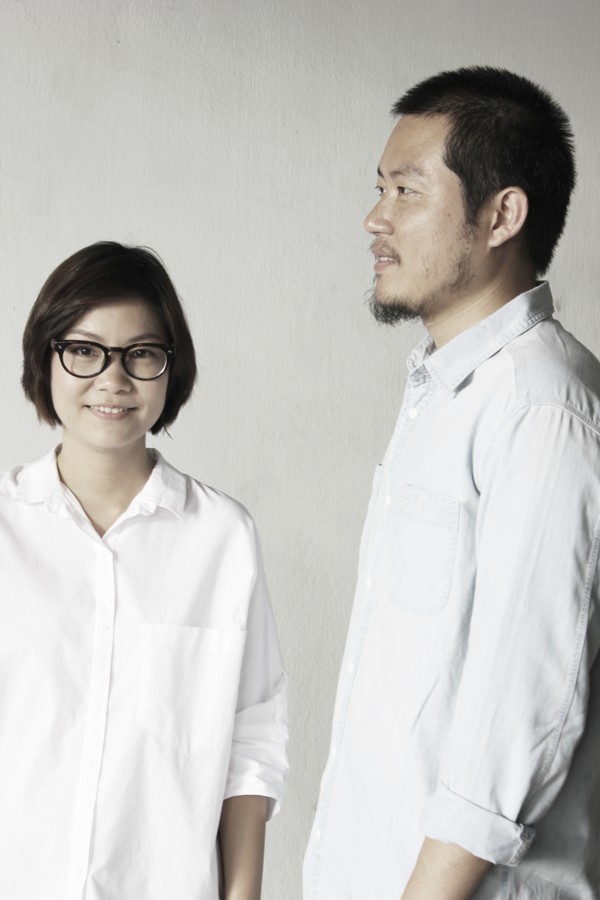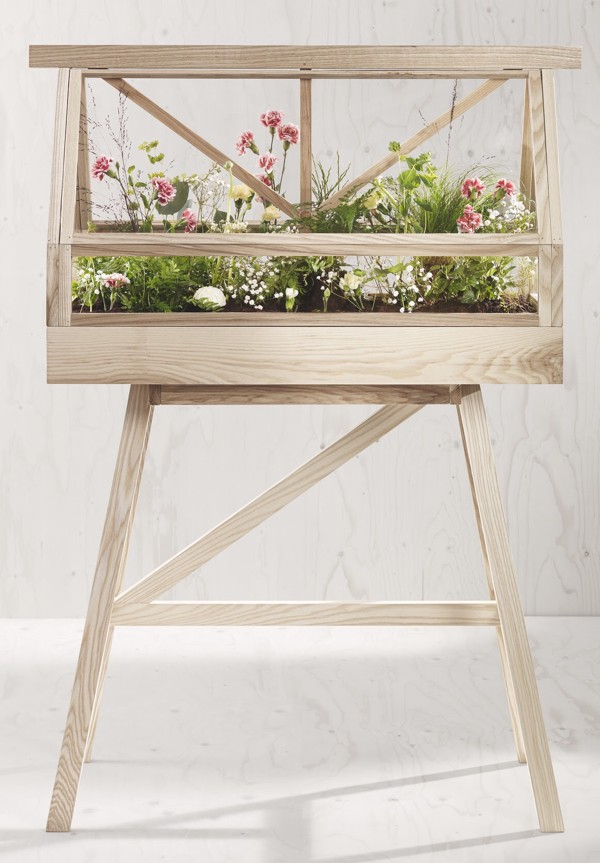
Rising star Thai design couple on their unique furniture pieces and how Swedish training influences their work
Ada Chirakranont and Worapong Manupipatpong, the duo behind Bangkok-based Atelier 2+ and winners of the Rising Talent Award Asia at Maison&Objet Paris, talk about their one-of-a-kind designs and how they are helping young designers gain a foothold
Ada Chirakranont and Worapong Manupipatpong, the duo behind Bangkok-based Atelier 2+ and winners of the Rising Talent Award Asia at Maison&Objet Paris, talk about their one-of-a-kind designs and how they are helping young designers gain a foothold
You both studied at Konstfack, in Stockholm. How did your time in Sweden influence your design? Ada Chirakranont: “The school is a mix of arts, craft and design. In Thailand, if you are a designer, it’s very separate from being an artist but [in Sweden] we felt like we could do artwork even if we weren’t studying it. It changed our way of thinking because the environment was more free.”

Ada: “One of our early objects was Camp, which looks like a tent made of wood and textiles. It was meant to be a room within a room. We wanted to make a cosy, communal space for everyone to get inside and gather like a family.”
What is your most significant project? Ada: “We were invited by Wallpaper* Thailand magazine to participate in its handmade issue, so we created Greenhouse, a miniature garden, in 2015. We didn’t immediately think of an object but rather the activity of gardening when we interpreted the theme ‘handmade’.”
Worapong: “It was meant to be a small green space in your house. It’s something between furniture and landscape architecture. Many people say the simple wood design has a Scandinavian aesthetic. I think we were unconsciously influenced by our time in Sweden.”

Ada: “We discovered that the factory works with local craftsmen who weave cane [the peeled bark of rattan stalks] in a village in Chonburi province. The material was first used in the colonial period, which we thought was interesting. It was a Western way to use an Asian material. We wanted to redesign this style to make it more contemporary and simple.”
How are you involved in the Thai design scene? Worapong: “In Thailand, when you graduate as a designer, there’s no support from the government. We started a platform called Design Plant, to build a community for young designers. We are mentoring them and plan independent exhibitions together.”
Ada: “Before, most designers worked individually but now there’s more collaboration so it’s more interesting. When we gather, it becomes like a larger design movement, which makes our work more visible.”

